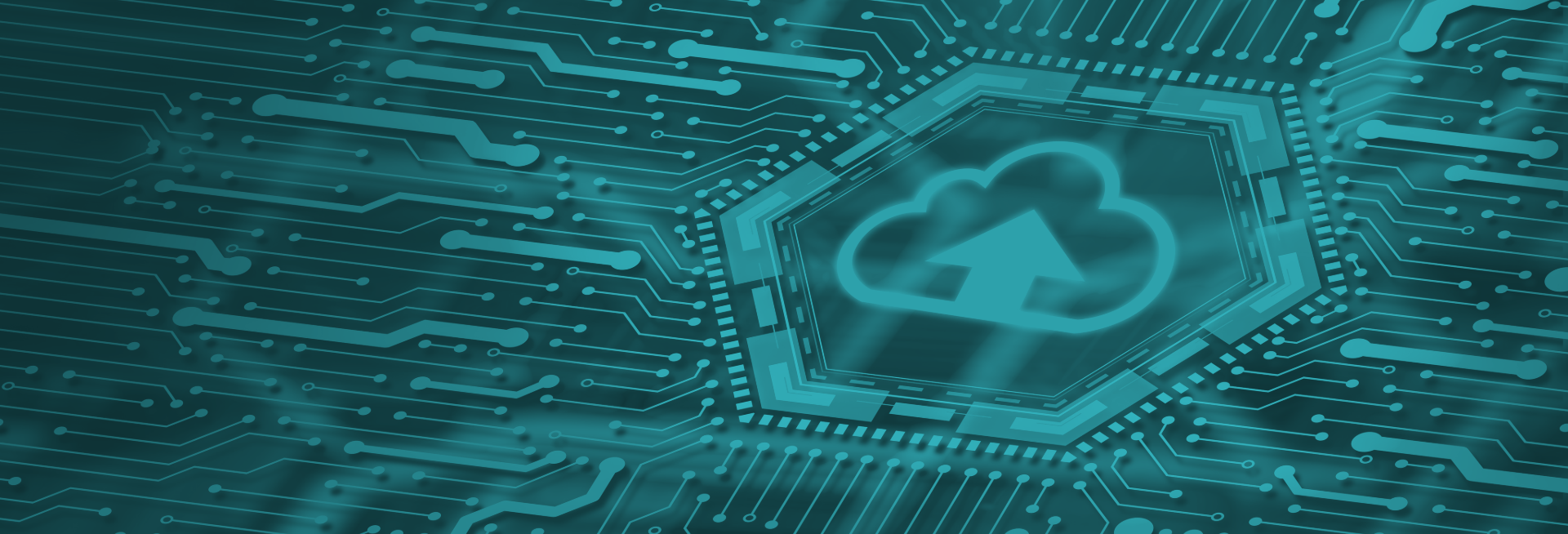
Building an Audit-Ready Cloud Environment Key Steps and Considerations
This post offer guidance on establishing and maintaining cloud environments that are prepared for audits. We emphasize the shared responsibility model between cloud providers and users, highlighting the need for proactive security measures by organizations.
Key recommendations include defining audit scope, implementing a strong governance framework, robust identity and access management, and ensuring comprehensive data protection and privacy.
The podcast also discuss the importance of network security, thorough logging and monitoring, automation of security and compliance, and developing an incident response plan, alongside the benefits of regular audits and the supportive role of Managed Service Providers (MSPs) in achieving audit readiness and building trust.
Please listen our podcast about Building an Audit Ready Cloud Environment
Frequently Asked Questions: Building an Audit-Ready Cloud Environment
1. What is the shared responsibility model in cloud security, and why is it important for audit readiness?
The shared responsibility model in cloud security defines the distinct security obligations of the cloud provider and the customer. Cloud providers are responsible for the security of the cloud infrastructure itself (physical servers, network, virtualization), while customers are responsible for security in the cloud, including their data, applications, configurations, and user access. Understanding this model is crucial for audit readiness because it highlights that organizations cannot solely rely on their cloud provider for security and compliance. They must actively implement and manage their own security controls and demonstrate compliance within their cloud environment to meet regulatory and audit requirements.
2. What are the initial key steps an organization should take when aiming to build an audit-ready cloud environment?
The initial key steps include defining the audit scope and objectives, and establishing a strong governance framework. Defining the audit scope involves identifying the specific regulations, standards (like GDPR, HIPAA, PCI DSS, ISO 27001), and internal policies that apply, determining the systems and data to be reviewed, and establishing clear objectives for the audit, such as verifying security controls or assessing compliance. Establishing a strong governance framework entails developing comprehensive security policies and procedures, assigning clear roles and responsibilities for security and compliance, implementing a risk management process, and creating a data governance policy.
3. How does implementing robust Identity and Access Management (IAM) contribute to an audit-ready cloud environment?
Implementing robust IAM is critical for an audit-ready cloud environment as it ensures that only authorized users have appropriate access to cloud resources and data. Key IAM practices like the principle of least privilege, strong authentication (including MFA), Role-Based Access Control (RBAC), regular access reviews, Privileged Access Management (PAM), and centralized identity management help prevent unauthorized access, reduce the risk of data breaches, and provide auditable records of user activities. Auditors will look closely at IAM controls to ensure they are effective in protecting sensitive information and maintaining compliance.
4. What are the essential data protection and privacy measures that organizations must implement in the cloud to be audit-ready?
Essential data protection and privacy measures include data classification to identify sensitive information, encryption of data at rest and in transit with strong algorithms and key management, implementing Data Loss Prevention (DLP) techniques, understanding and complying with data residency requirements, performing regular and automated data backups with tested restoration processes, and practicing data minimization by collecting only necessary data. These measures demonstrate a commitment to safeguarding sensitive data and meeting privacy regulations, which are key areas of focus during audits.
5. Why is establishing comprehensive logging and monitoring a crucial aspect of building an audit-ready cloud environment?
Establishing comprehensive logging and monitoring is crucial because it provides the visibility needed to detect security incidents, identify potential vulnerabilities, and demonstrate compliance. Centralized logging of all relevant system and service activity, coupled with sufficient log retention, real-time monitoring of security events, the use of Security Information and Event Management (SIEM) systems for analysis and alerting, and the maintenance of detailed audit trails provide auditors with the evidence necessary to verify the effectiveness of security controls and the organization’s ability to respond to security events.
6. How does automation of security and compliance processes contribute to audit readiness in the cloud?
Automating security and compliance processes through Infrastructure as Code (IaC), configuration management tools, compliance automation tools, and integrating security testing into the CI/CD pipeline enhances audit readiness by ensuring consistency, reducing human error, and providing auditable records of configurations and deployments. Automation helps enforce desired security states, continuously monitor for compliance deviations, and identify vulnerabilities early in the development lifecycle. This proactive and consistent approach makes it easier to demonstrate adherence to policies and regulations during audits.
7. What is the importance of having a well-defined Incident Response Plan for achieving and maintaining an audit-ready cloud environment?
A well-defined Incident Response Plan is crucial because it outlines the procedures for effectively handling security incidents, minimizing their impact, and ensuring business continuity. It demonstrates an organization’s preparedness to respond to and recover from security breaches, which is a key concern for auditors. The plan should include clearly defined roles and responsibilities, communication channels, and regular testing and updates. A robust incident response capability not only mitigates risks but also provides evidence of a proactive security posture during audits.
8. What role can regular audits and assessments, including those conducted by Managed Service Providers (MSPs), play in maintaining an audit-ready cloud environment and overall credibility?
Regular internal and external audits and security assessments are essential for verifying the effectiveness of security controls, identifying areas for improvement, and ensuring ongoing compliance. Internal audits provide a self-assessment mechanism, while external audits offer an independent validation of the organization’s security and compliance posture. Engaging MSPs can provide valuable expertise in conducting assessments, implementing security controls, and managing compliance requirements, especially for organizations with limited in-house resources. These audits and assessments provide evidence of a commitment to security and compliance, which builds trust and credibility with customers, partners, and stakeholders, ultimately contributing to long-term business sustainability.















